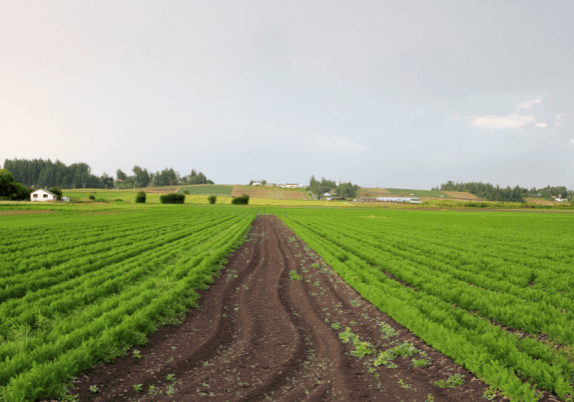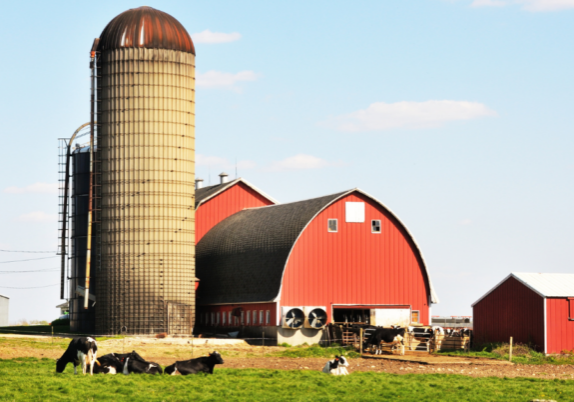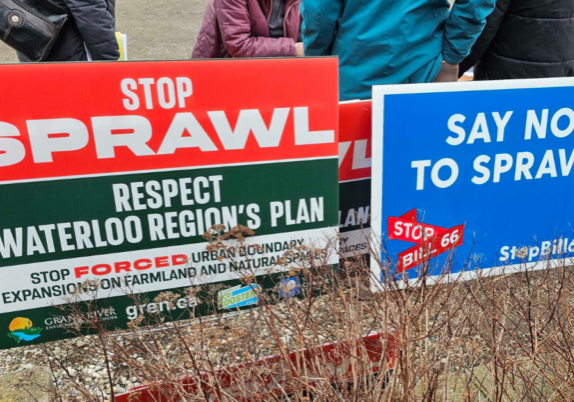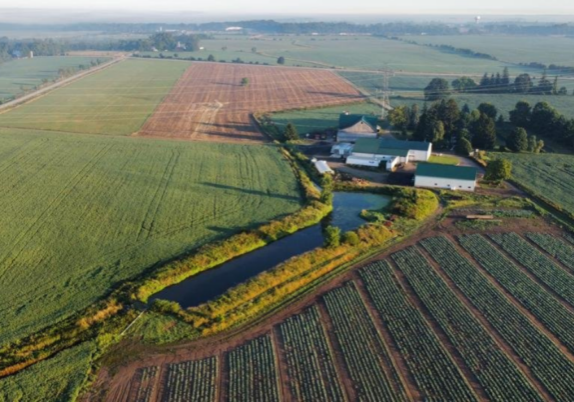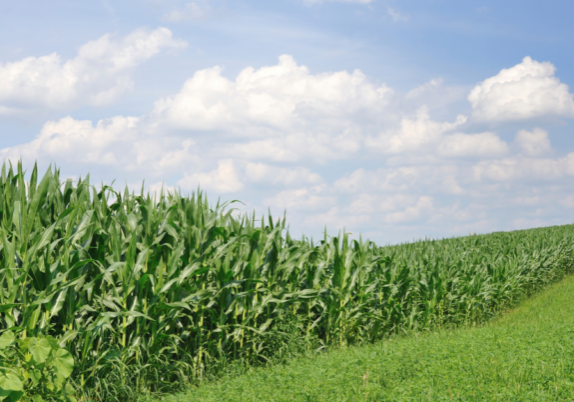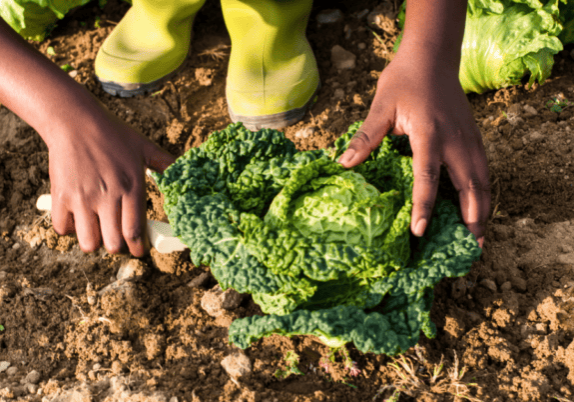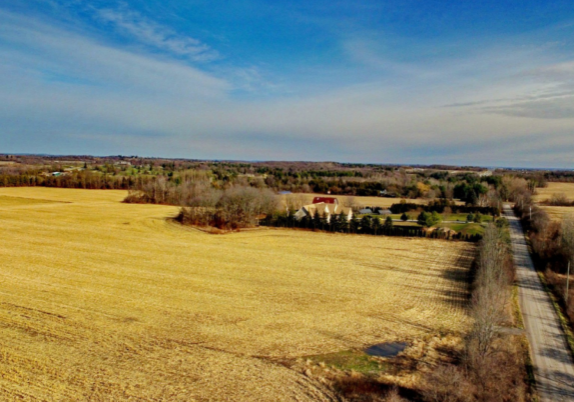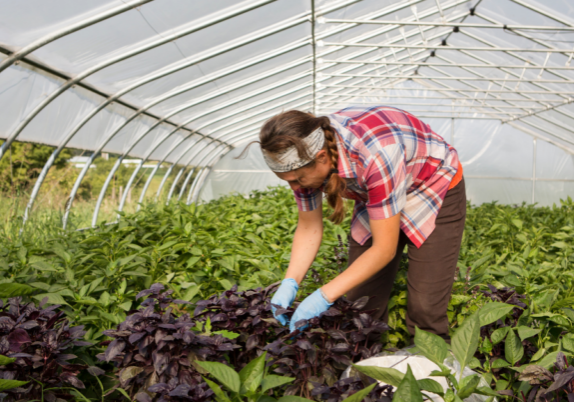Submission to Pest Management Regulatory Agency Consultation on Glyphosate, Proposed Maximum Residue Limit (PMRL2021-10)
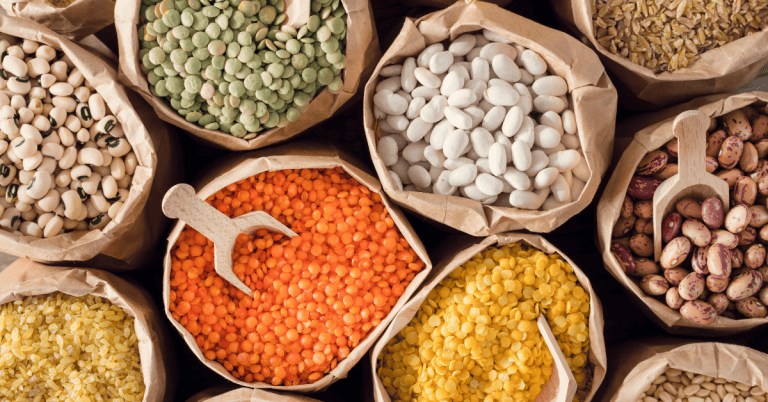
The National Farmers Union – Ontario (NFU-O) is pleased to provide our comments on the proposed changes to Maximum Residue Limits (MRLs) of glyphosate for certain crops.
The NFU-O is an accredited farm organization representing thousands of sustainable family farmers in Ontario and has advocated for farm families across Ontario and Canada since 1969. Members work together to achieve agricultural policies that ensure dignity and income security for farm families, while protecting and enhancing rural environments for future generations. The NFU-O collaborates locally, nationally and internationally to research, educate, and share effective solutions that lead to a better world for farm families and their communities.
About Glyphosate
Glyphosate is a non-selective, systemic herbicide. It kills all types of plants and does so by affecting the whole plant, above and below ground. It is the active chemical in Roundup® and other herbicides commonly used in agriculture to kill weeds. Glyphosate was discovered in 1950 and was originally used as an industrial descaling agent for pipe cleaning because it could bind minerals such as zinc. It was not recognized as a herbicide until 1970 when Monsanto developed a concentrated form, then patented it, and introduced it as Roundup® in 1974.
Glyphosate is used to control annual weeds before seeding; to control perennial weeds before seeding or after harvest; to control Canada thistle and other perennial weeds in summer fallow, shelterbelts and post-harvest, to terminate alfalfa stands; for patch treatments of perennial weeds in cereals, forages, and non-herbicide tolerant corn, soybean; and for weed control in Glyphosate-tolerant crops.
It has long been suspected of being damaging to human health, but in 2018 the United Nations declared it a probable carcinogen, and for the first time in US history, the manufacturer of glyphosate, Monsanto, had been ordered to pay damages for glyphosate’s contribution to a case of lymphoma. Monsanto currently faces over 9,300 more similar cases. Studies have also been conducted linking glyphosate use to other human health diseases and neurological disorders such as Alzheimer’s, Parkinson’s, and celiac disease, among others.
The Regulation and use of Glyphosate
The Pest Management Regulatory Agency of Health Canada (PMRA) proposes to raise MRLs for dry beans from 4 ppm to 15 ppm, lentils, chickpeas and dry peas from 5 parts per million (ppm) to 10 ppm, barley bran and pearled barley go from 10 to 15 ppm, oat groats/rolled oats and oat bran rise from 15 to 35 ppm, while wheat bran and wheat germ increase from 5 to 15 ppm.
The PMRA currently permits the use of glyphosate as a herbicide, but their label also makes reference to the potential of “harvest management benefits”. A common secondary use of glyphosate is desiccation: drying a grain or pulse crop so that it can be harvested. Glyphosate is not technically a desiccant, it simply kills a crop, and then the dead crop dries out. This does not constitute a pesticide being used as a pesticide, and harvest management benefits are not the purview of the PMRA.
Using glyphosate as a pre-harvest aid (“dry down”) on cereals, canola, pulse crops and flax allows for earlier harvest with the option to straight cut instead of swathing. Farmers are advised not to use glyphosate for dry down until grain moisture is less than 30%. Spraying sooner will cause yield loss. Glyphosate should not be used on any crops grown for seed because it impairs germination.
The PMRA’s process for deciding on MRLs is based on the residue limits commonly found as a result of prevailing agricultural practices, and is not driven by health and environmental impacts of pesticide usage that result in expected residue levels.
The NFU-O Opposes Pre-harvest Spraying of Glyphosate
NFU-O members are increasingly concerned about the health and environmental impacts of glyphosate. Through our democratic policy development process, we adopted our position opposed to the pre-harvest spraying of glyphosate in 2014.
The primary source of glyphosate residue in foods is uptake by plants that are sprayed prior to harvest when they exceed 30% moisture. A CFIA study of glyphosate residues in consumer products in Canada ranging from flour to chickpeas to breakfast cereal and baby food showed some had levels significantly higher than the MRL. This indicates a clear need for better compliance and enforcement.
Increasing the MRL for beans, peas, lentils, chickpeas, and for wheat, oats and barley products, will enable more, and earlier use of glyphosate for pre-harvest spraying. There will be less risk of exceeding the MRL by applying before the crop, or parts of the crop, reaches the 30% moisture stage. Higher MRLs will increase the risks of environmental contamination by glyphosate by enabling more widespread use of pre-harvest spraying and will increase health risks by allowing higher levels of glyphosate residues in Canadian food.
The Precautionary Principle
The Pest Control Products Act empowers the Minister of Health to set maximum residue limits for approved pesticides. It also states that the Minister’s primary objective when administering the Act is “to prevent unacceptable risks to individuals and the environment from the use of pest control products.”
The Minister must also “support sustainable development designed to enable the needs of the present to be met without compromising the ability of future generations to meet their own needs; seek to minimize health and environmental risks posed by pest control products and encourage the development and implementation of innovative, sustainable pest management strategies by facilitating access to pest control products that pose lower risks and by other appropriate measures; encourage public awareness in relation to pest control products by informing the public, facilitating public access to relevant information and public participation in the decision-making process; and ensure that only those pest control products that are determined to be of acceptable value are approved for use in Canada.”
The Act emphasizes that the Act’s protection and consideration afforded to children in this Act shall also extend to future generations. And, the Act also requires the Minister to use the precautionary principle, which is defined as: “Where there are threats of serious or irreversible damage, lack of full scientific certainty shall not be used as a reason for postponing cost effective measures to prevent adverse health impact or environmental degradation.”
NFU-O Recommendations
Based on the scientific evidence, Health Canada’s mandate under the Pest Control Products Act, and the democratic direction of our grassroots farmer membership, the NFU-O therefore recommends:
- That proposed MRL increases for glyphosate are not implemented
- Amend all labels for herbicides with glyphosate active ingredient to prohibit pre-harvest spraying
- That the CFIA increase its MRL monitoring of foods and commodities and promptly publish both reports and raw data
- That Health Canada investigate the epigenetic impacts of glyphosate exposure on humans, livestock, plants and soil micro-biota, that this investigation be done by scientists with no ties to the crop protection sector, and that results be published in full on a publicly accessible website.
Sincerely,
Don Ciparis
President, National Farmers Union – Ontario
